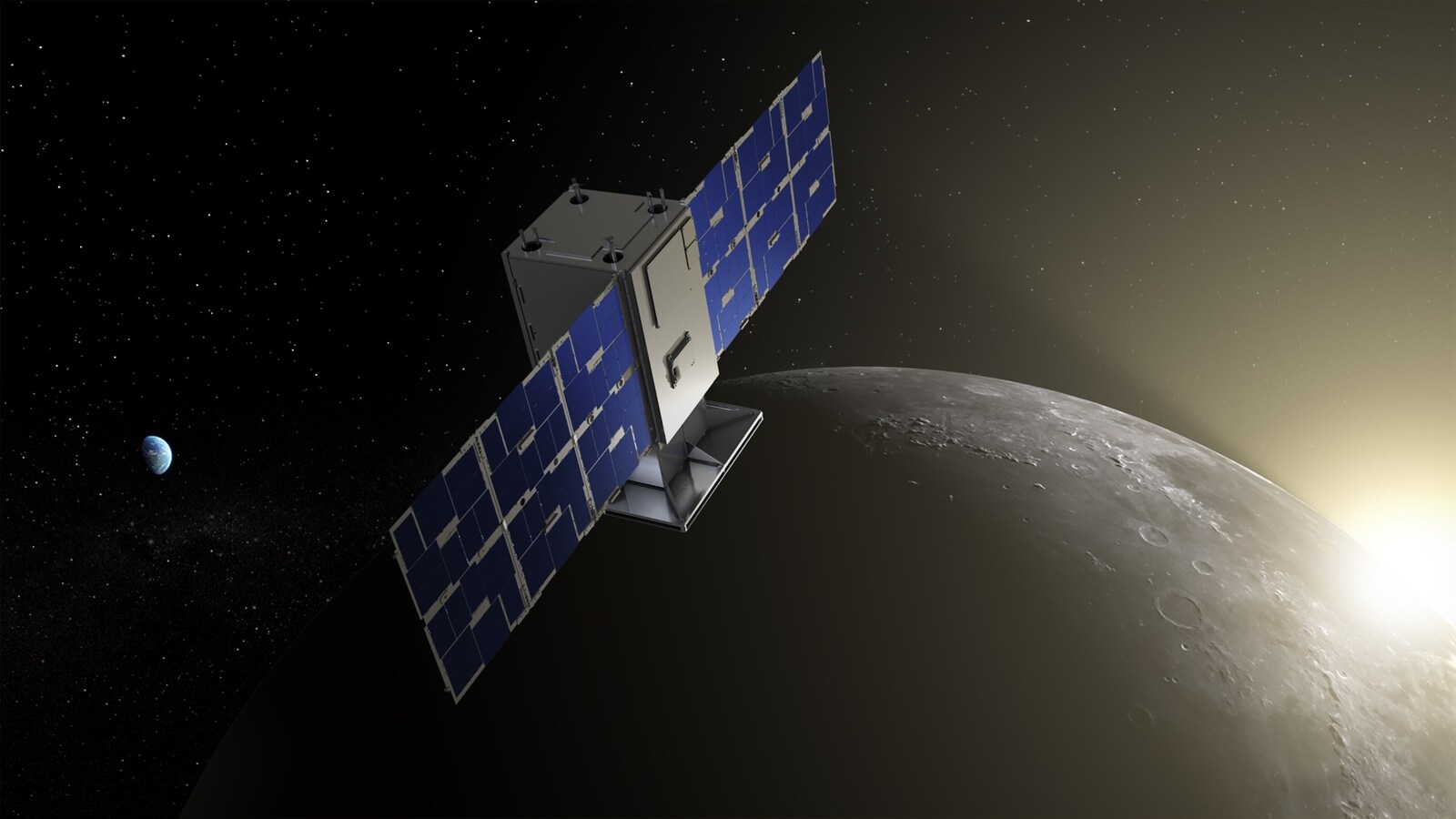Big setback for NASA CAPSTONE launch to Moon!
NASA CAPSTONE mission was set to launch today, but got delayed. Here’s what NASA said about the CAPSTONE launch to the Moon.
Bad news. NASA’s CAPSTONE mission just got delayed! According to the schedule, the CAPSTONE mission was slated to launch today, June 27. It was planned to board a Rocket Lab Electron rocket from the company’s Launch Complex 1 in Mahia, New Zealand. The launch has been delayed to allow more time to check its Rocket Lab booster for flight. The mission has been delayed a couple of times since 2021. Earlier, it was due to COVID-19 pandemic issues and now, NASA delayed it due to the need for more checks on the Rocket Lab booster.
“NASA, Rocket Lab, and Advanced Space are standing down from the June 27 launch attempt for the CAPSTONE mission to the Moon to allow Rocket Lab to perform final systems checks,” NASA said in its latest statement. However, it is also mentioned that the teams are evaluating the weather and other factors to determine the date of the next launch attempt. Within the current period, the next launch opportunity is expected on June 28.
What is the NASA CAPSTONE mission?
CAPSTONE (Cislunar Autonomous Positioning System Technology Operations and Navigation Experiment) is a small 25kg spacecraft that is designed to test a path around the Moon called a near rectilinear halo orbit, and has never been flown before. NASA explained that “the destination for this microwave oven-size CubeSat is a near rectilinear halo orbit (NRHO). That same orbit is planned for Gateway, a multipurpose outpost for long-term lunar missions as part of the agency’s Artemis program.”
If everything goes well, then after the six days of launch, the Photon upper stage will release CAPSTONE into space for the first portion of the spacecraft’s solo flight over four months. Then, CAPSTONE will test the dynamics of the NRHO for at least six months while performing navigation and communications experiments to reduce the risk for future spacecraft.
The mission will also establish innovative spacecraft-to-spacecraft navigation technology and one-way ranging capabilities. This could help future spacecraft to fly near the Moon without the need for communication with Earth. The launch has been delayed, but NASA confirmed that the spacecraft will arrive at its lunar orbit on 13th November 2022, regardless of the launch date within the current period.
For all the latest Technology News Click Here

